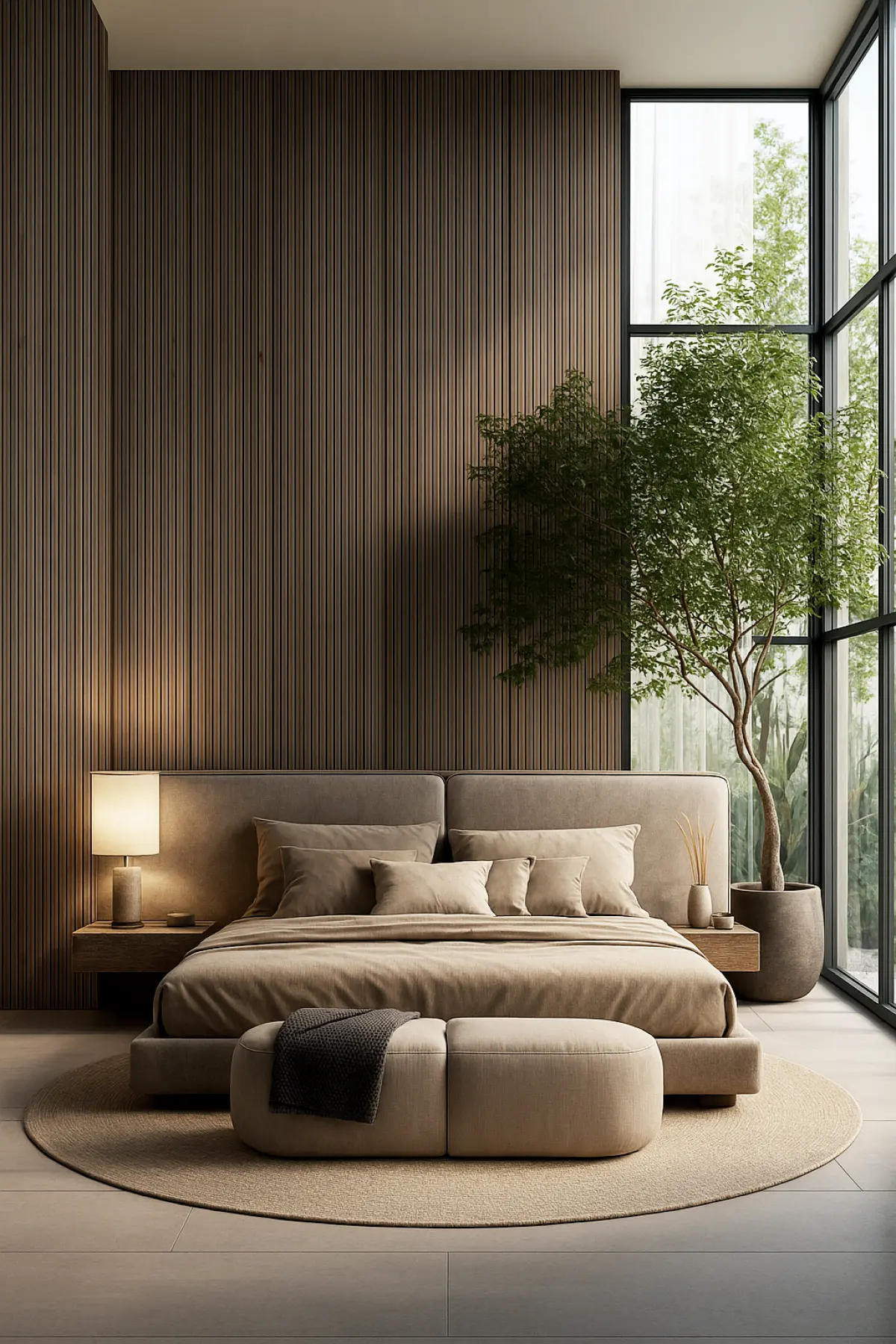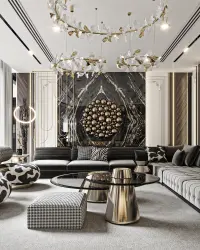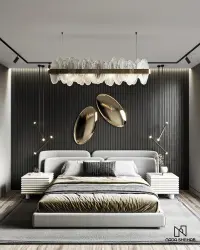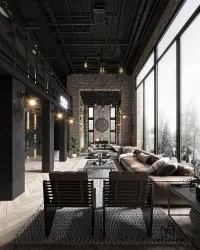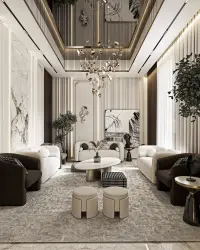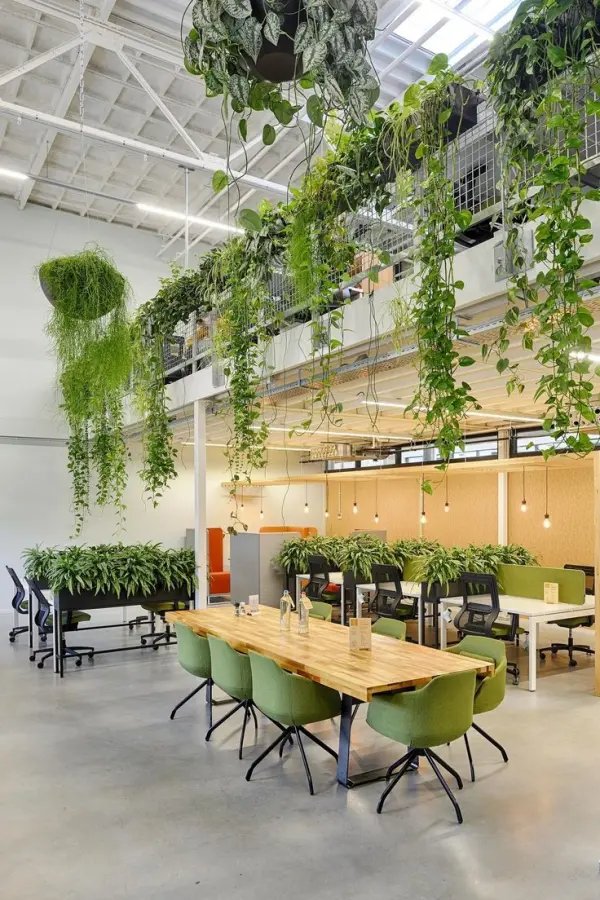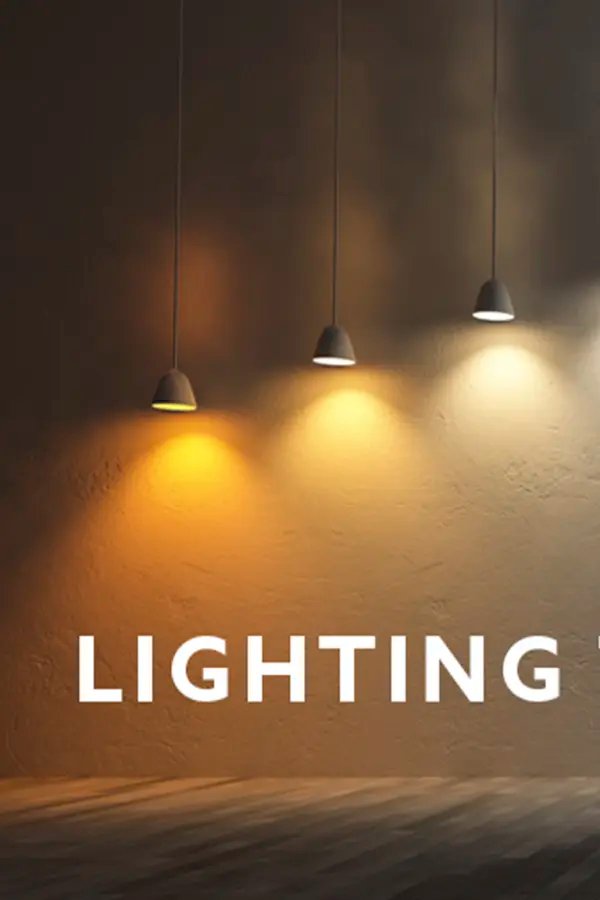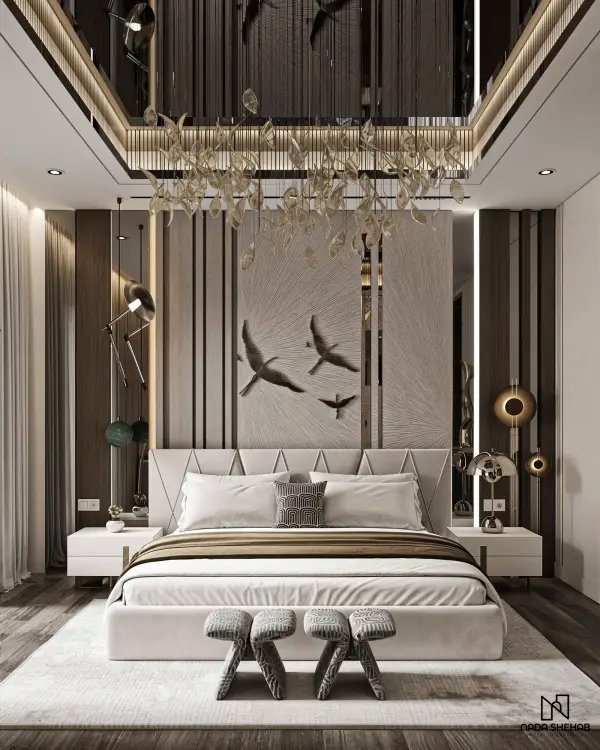The Importance of Interior Design in Enhancing Functionality and Wellbeing
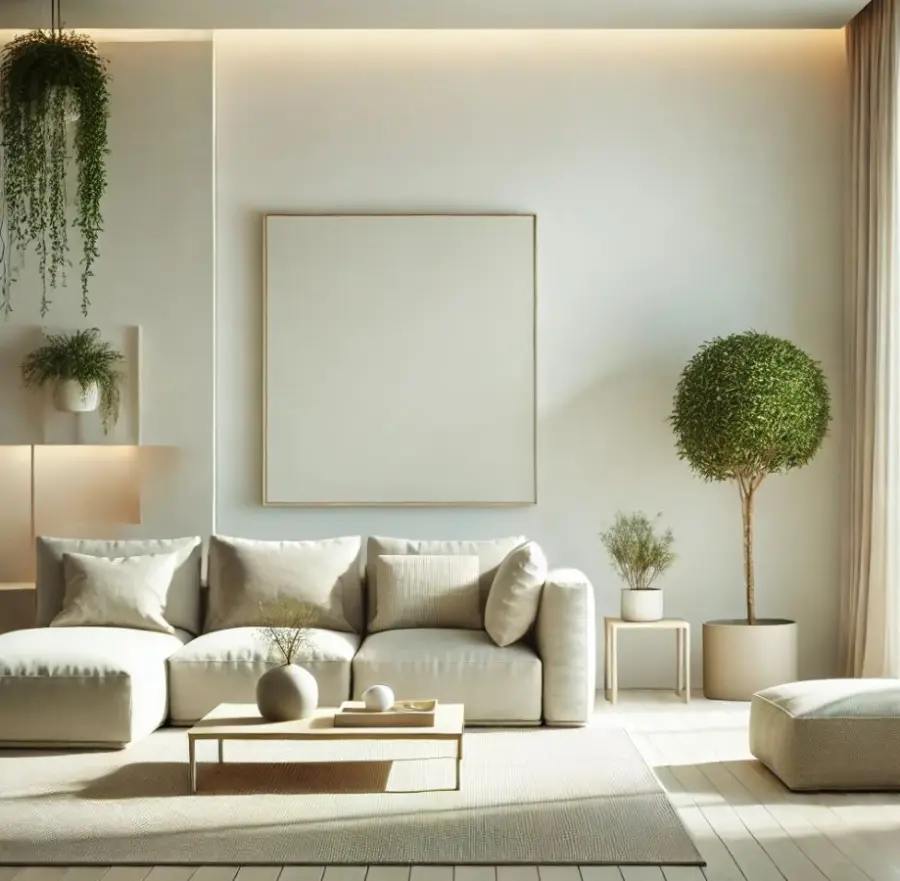
Interior design is an essential aspect of creating functional and aesthetically pleasing spaces that cater to the needs of the occupants. It is not just about arranging furniture and choosing colors but about crafting an environment that promotes comfort, wellbeing, and efficiency. Good interior design incorporates elements like lighting, layout, materials, and furniture to create a harmonious balance that supports both the physical and emotional needs of individuals. Whether it's a home, office, or public space, well-designed interiors have the power to enhance productivity, reduce stress, and improve overall quality of life.""
The Role of Interior Design in Shaping Productive, Comfortable, and Emotionally Supportive Environments
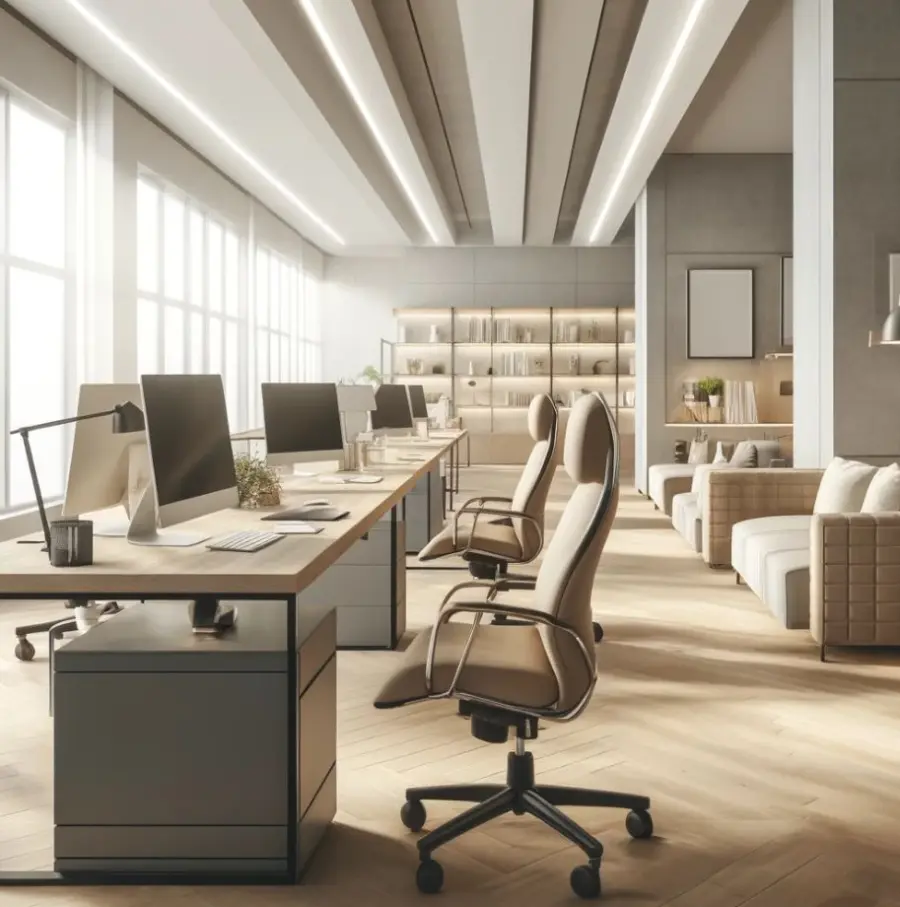
Interior design goes beyond the visual appeal of a space; it is about crafting environments that foster productivity, comfort, and emotional well-being. A well-designed space can have a profound impact on individuals’ moods and behavior. Elements such as lighting, layout, materials, and textures work together to create a sense of harmony and balance within a space. For example, in offices, proper ergonomics, and layout design can reduce fatigue and improve focus, leading to enhanced performance. Similarly, in residential spaces, interior design plays a key role in making people feel at home—offering a sense of peace and personal connection. As modern life becomes more complex, the demand for thoughtfully designed spaces that improve quality of life continues to grow."
The Role of Sustainable Interior Design in Creating Eco-Friendly, Healthy, and Efficient Living Spaces
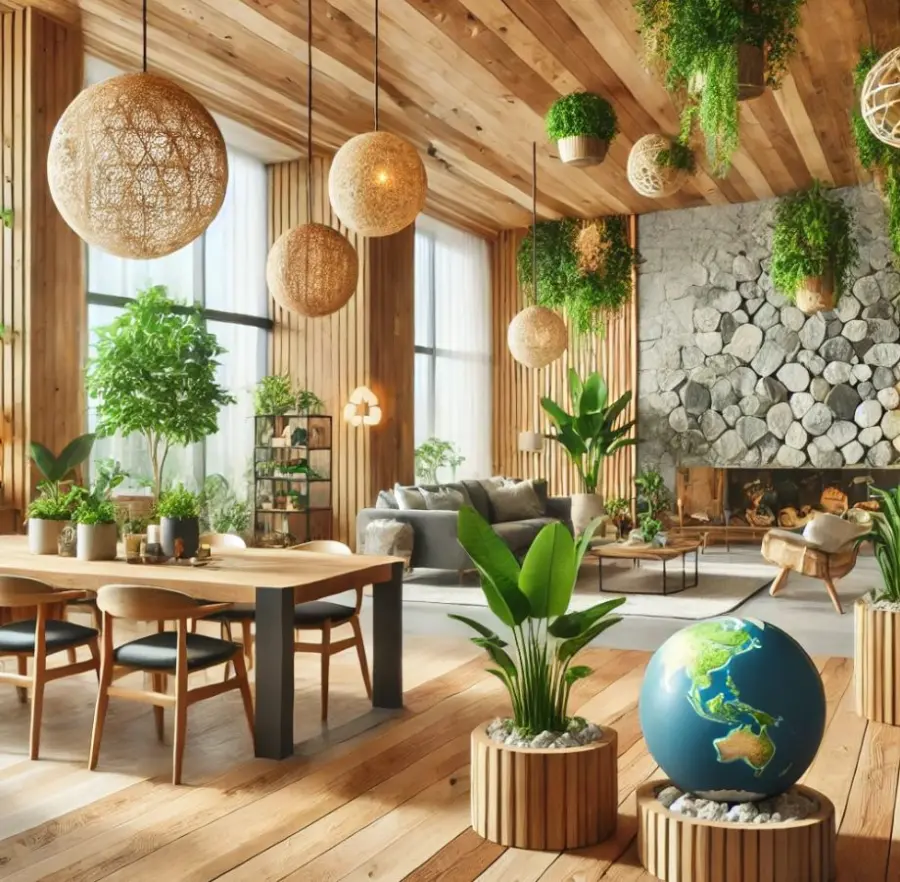
As interior design continues to evolve, sustainability has become a key factor in the design process. Designers are increasingly focused on creating spaces that are not only beautiful but also environmentally responsible. Sustainable interior design uses eco-friendly materials, energy-efficient systems, and designs that minimize waste. In addition to environmental benefits, sustainable design can also contribute to healthier living environments. By focusing on durability, resource conservation, and incorporating elements of nature, designers are helping to create spaces that benefit both the planet and its inhabitants.
As technology continues to rapidly evolve, its integration into interior design has transformed the way we live and interact with our environments. The rise of smart home devices such as automated lighting, voice-controlled assistants, and smart thermostats has not only improved convenience and comfort but also contributed to energy efficiency and sustainability. For instance, smart lighting systems can automatically adjust based on natural light levels or the occupants’ behavior, optimizing energy consumption. Additionally, sensors and automated furniture can adapt to changing needs, such as transforming a workspace into a relaxation area with a simple touch. This growing reliance on technology in interior design means that spaces are becoming more adaptive, functional, and responsive to individual preferences. The incorporation of AI-driven design tools, virtual reality for space planning, and data analytics also enables designers to craft spaces that are not only aesthetically pleasing but also highly personalized and efficient. In the future, technology will continue to redefine interior design, making it more interconnected, sustainable, and intuitive.
Interior design is increasingly seen as an essential part of creating a sustainable and resilient future. As environmental concerns grow, designers are tasked with creating spaces that minimize the use of natural resources while maximizing their longevity. Sustainable design goes beyond just using eco-friendly materials; it also includes the use of energy-efficient systems, sustainable construction practices, and adaptable designs that can evolve with changing needs. By incorporating green design principles, such as passive solar heating, rainwater harvesting, and renewable materials, interior designers are helping to reduce the environmental impact of the built environment. These spaces not only contribute to a healthier planet but also improve the quality of life for the people who occupy them. As sustainability becomes a central focus of design, it’s clear that the future of interior design will be deeply interconnected with environmental responsibility.


